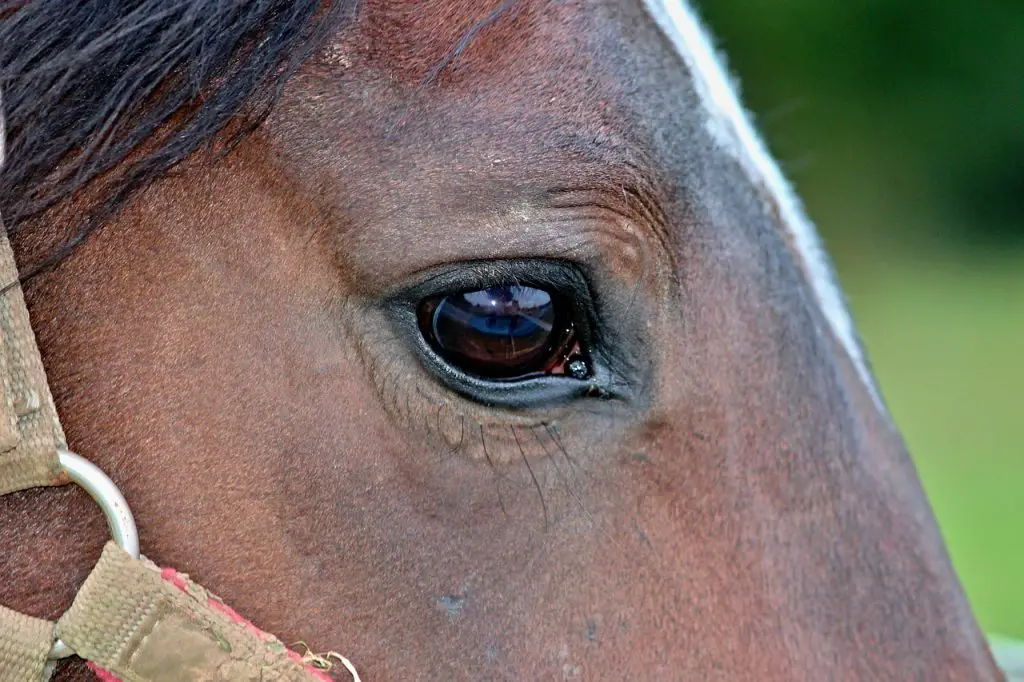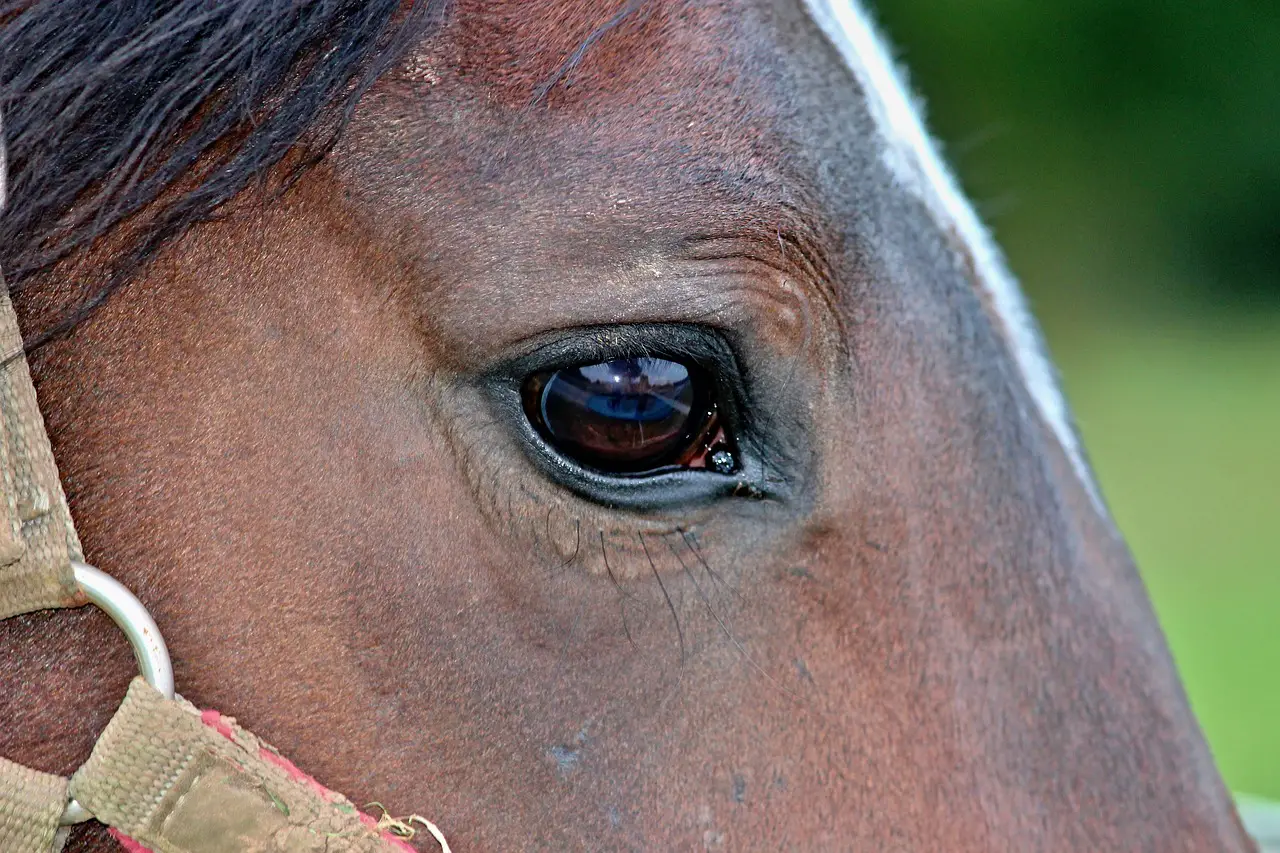Last Updated on March 18, 2022 by Allison Price
When clients are thinking about buying horses, one of my most frequent questions is whether they should have a pre-purchase examination (or a two stage vetting).
This is a hard question. I believe a 5-stage vetting is superior to a 2-stage vetting. However, I understand that sometimes you need to compromise on cost and facilities.
What is the difference? The exercise phase is the simple answer. Stage 2 vetting involves a thorough examination at rest of the horse, including eyes, heart, lungs and conformation. The horse is then shown how to walk and trot on a hard surface. There are also flexion tests for all four legs. Finally, the horse must be seen backing up and turning in a tight circle. Lunging on a hard circle or lunging is sometimes included. If there is any suspicion that the horse was under the influence of pain relievers or sedatives during the vetting process, a blood sample will be taken. The bloods will be stored for six months.

After the five stage vet inspection, you will see your horse being exercised. Although I prefer to see the horse lunge and be ridden at a level that is equal to or higher than what they are expected to do after purchase, this may vary from vet to vet. We can assess the horse’s breathing and heart rate during exercise, as well as watch the horse walk, trot and canter with a rider and evaluate the horses recovery rate. This allows us to check for subtle lameness and tack issues, signs of gastric ulceration, problems with teeth or bit acceptance, as well as back problems. The horse is then returned to the stable and given a rest. A final trot-up may be done which could highlight any lameness that was revealed by the exercise.
Which one should you choose? A 2 stage vetting is appropriate in situations where the horse won’t need to be exercised.
Although many people believe young horses should not need to go through a five-stage vetting, I disagree with this especially for horses that are destined for competition. Unbacked horses can be trained on the lunge and free schooled in order to assess their breathing, heart rate, and gait. These unbacked children aren’t doing much work, so any lameness they feel is likely to be subtle.
I tell people that the cost difference between a 2-5 stage vetting (typically PS100-PS150), may not be worth it in the long term. It will save you money by avoiding expensive veterinary problems.
At a second stage, conditions such as sarcoids and melanomas will be identified.
These are some of the things that may have been missed during a 2nd stage vetting, but were detected after a 5th stage vetting. The horse was bought following a 2nd stage vetting, but the horse could not be sold 2 years later due to failing a 5th stage vetting). Back problems include bucking, tail swishing, or cantering, as well as pain when you feel the back. Many subtle lamenesses can only be detected during or after riding and could lead to expensive veterinary bills or worse, the horse not being able to reach its full potential.
It is important to note that neither the internal or external examinations include a thorough mouth exam with a gag, an examination for pregnancy, and a height measurement. These can all be requested in addition the standard vetting.



